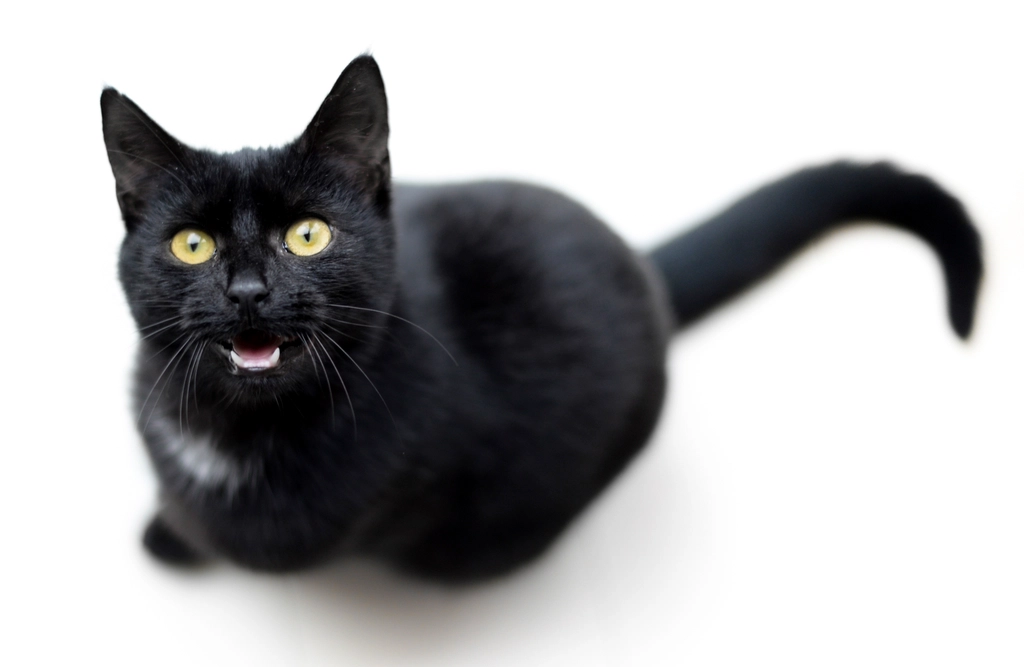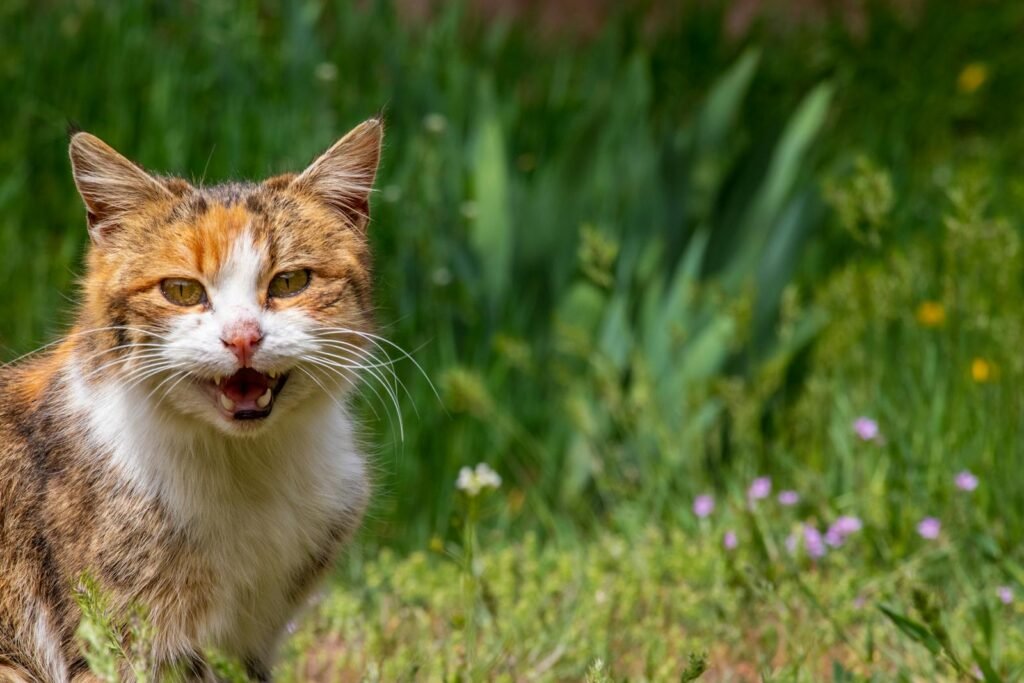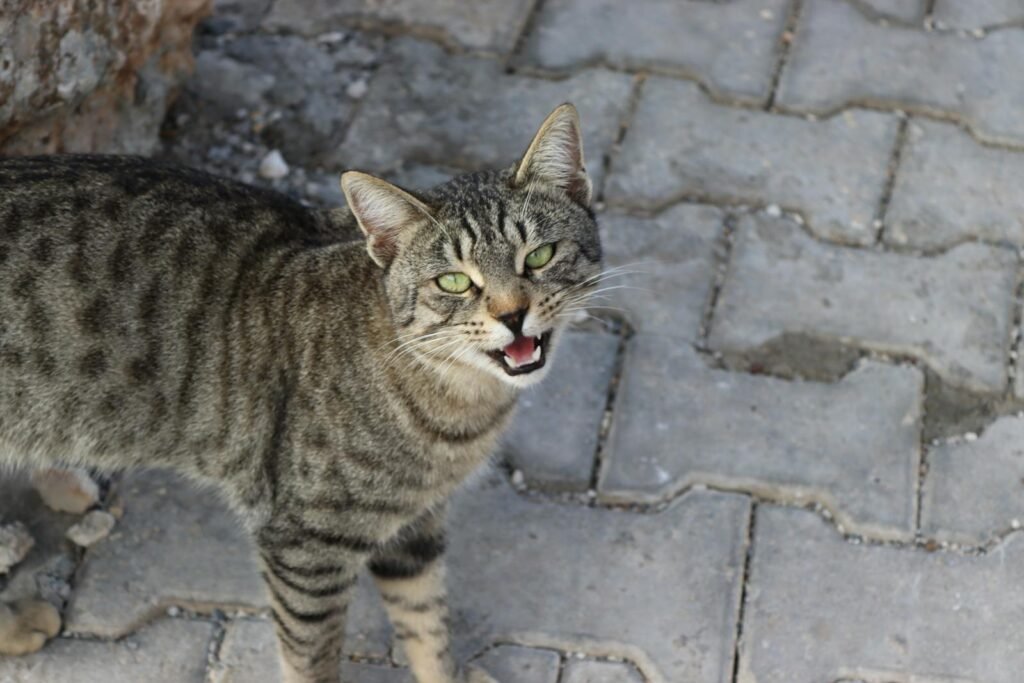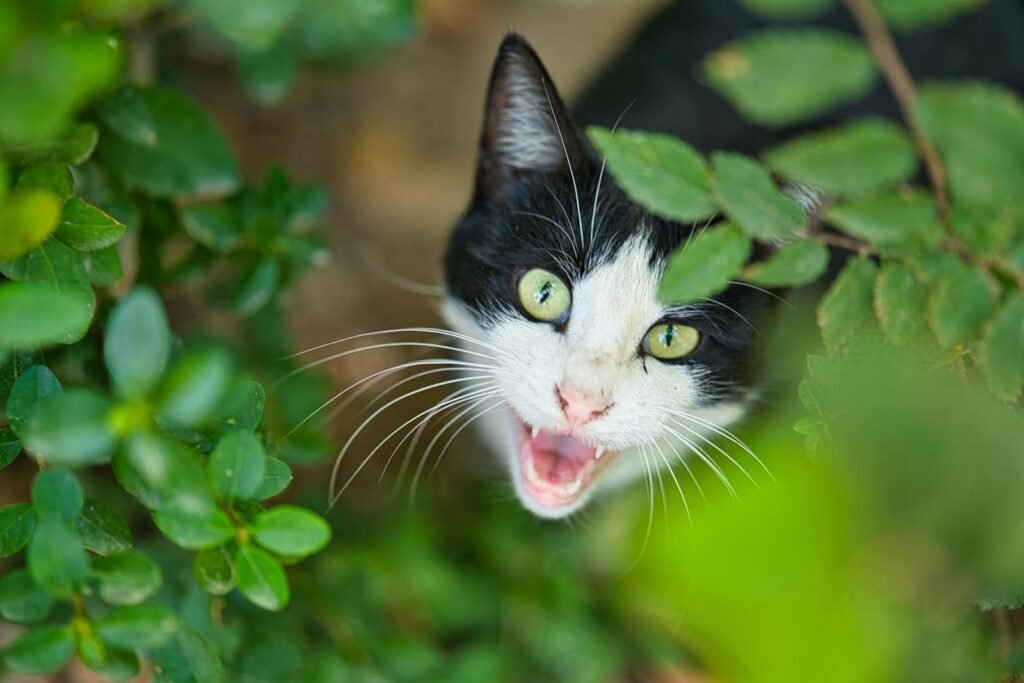Have you ever wondered if your cat’s perfectly timed meow is more than just a request for food or attention? Imagine this: it’s 3 a.m., your feline friend lets out a heart-melting cry, and you stumble out of bed just to check on them—again. Could it be that your cat isn’t just talking, but actually pulling your strings? Cat lovers everywhere have asked themselves this question, and the answer might just surprise you. Let’s dive into the mysterious, captivating world of cat communication and discover whether your kitty is the master manipulator you never saw coming.
The Mysterious Origins of the Cat Meow

Cats have been meowing for thousands of years, but did you know they mostly use this vocalization just for humans? In the wild, adult cats rarely meow at each other. Instead, they use body language or other sounds. Over time, domesticated cats have learned that meowing is the fastest way to get our attention. It’s almost as if they evolved their language just for us. This unique adaptation shows just how closely cats have studied their human companions. The next time your cat meows, remember: it’s a skill honed over centuries of living alongside people. Isn’t it fascinating to think your cat is speaking a language designed just for you?
Meows: A Cat’s Secret Weapon

It’s not just the sound of a meow, but how your cat uses it that counts. Cats can change the tone, pitch, and length of their meows depending on what they want. Some meows are high and urgent, while others are soft and pleading. This flexibility turns the meow into a powerful tool. Cats quickly learn which types of meows get the fastest response from their humans. Have you ever noticed your cat’s “feed me” meow sounds different from their “let me outside” meow? That’s no accident—it’s a carefully crafted message aimed straight at your heart.
Why Cats Rarely Meow at Each Other

Among themselves, adult cats are usually pretty quiet. Kittens meow to their mothers, but as they grow up, they mostly stop. In multi-cat households, you might notice more hisses or growls, but rarely the classic meow. This suggests that the meow is almost exclusively a human-directed sound. Scientists believe cats discovered that humans respond to vocal cues better than subtle tail flicks or ear twitches. So, they started “talking”—just to us. It’s almost like cats have chosen to become bilingual for our sake. If that isn’t clever, what is?
Decoding the Many Types of Meows

Not all meows are created equal. Some are short and sharp, others long and drawn out. Researchers have found that cats produce a wide range of meow types, each with its own meaning. There’s the classic “I’m hungry” meow, the “let me in” meow, and even the “I’m bored” meow. Some cats invent new sounds just for their favorite humans. Over time, attentive cat owners begin to understand these unique vocalizations—almost like learning a second language. Have you ever caught yourself responding to a meow without even realizing it? That’s your cat’s influence at work!
How Cats Learn Which Meows Work Best

Cats are expert observers. They watch our reactions closely and quickly figure out which sounds get the results they want. If a particular meow leads to a treat, you can bet your cat will use that meow again. It’s a bit like a child learning which tantrum gets the most attention. Some cats even experiment with new sounds to see if they can get an even better response. This adaptive behavior is a sign of intelligence—and perhaps a hint of manipulation. It’s almost as if your cat is running little experiments on you every day.
The Science Behind Cat-Human Communication

Recent studies have shown that cats and humans develop a shared style of communication over time. Researchers have even compared the cat-human bond to that of infants and parents. Cats use their meows as signals, and humans adjust their behavior in response. This back-and-forth creates a unique “language” for each cat-owner pair. Cats pick up on our moods, routines, and habits, tailoring their meows to fit the moment. No wonder it feels like your cat knows exactly what you’re thinking!
Emotional Manipulation or Genuine Need?

It’s easy to feel like your cat is manipulating you, especially when they meow pitifully just as you’re about to sit down for dinner. But sometimes, those cries are genuine. Cats might be hungry, lonely, or just want a bit of affection. The tricky part is learning to tell the difference. Over time, cats figure out which emotional buttons to push to get what they want. They’re not just cute—they’re cunning. Understanding their motives takes patience and a keen eye for subtle clues.
The Role of Personality in Cat Meowing

Every cat is different. Some are chatterboxes, while others barely make a sound. Personality plays a big role in how and why cats meow. Outgoing cats might use vocalizations to demand attention, while shy cats may meow softly or only in certain situations. Some breeds, like Siamese cats, are famous for their loud, persistent meows. Others, like the British Shorthair, tend to be quieter. Knowing your cat’s personality can help you decode their vocal habits and spot when something is out of the ordinary.
How Cats Use Meows to Train Their Humans

If you feel like your cat has you well-trained, you’re not alone! Cats are masters at shaping human behavior. They quickly learn that a specific meow brings food, playtime, or cuddles. Over time, they create routines that center around their needs. Before you know it, you’re responding to every little sound, just like Pavlov’s dog. This training often happens without us even realizing it. It’s a subtle, ongoing negotiation—one that cats almost always win.
Meow Mimicry: Imitating Human Speech Patterns

Some cats go beyond simple meows and actually try to mimic the rhythms of human speech. They might add little trills, chirps, or warbles to their repertoire, especially if they notice you respond to certain sounds. A few cats even seem to “answer” when spoken to, creating a kind of back-and-forth conversation. This mimicry makes us feel even more connected to our pets. It’s like living with a furry, four-legged comedian who knows just how to make you smile—or jump to attention.
When Meows Signal Trouble

Not all meows are playful or manipulative. Sometimes, a change in your cat’s vocalizations can signal a health problem. Excessive meowing, sudden silence, or a new, strange-sounding meow could indicate pain, stress, or illness. It’s important to pay attention to these changes and consult your vet if something seems off. Cats are experts at hiding discomfort, so their meows might be the only clue you get. Always trust your instincts—your cat is counting on you to understand when something’s wrong.
Age and the Evolution of the Meow

Kittens meow constantly to get their mother’s attention, but as they grow, their vocal habits change. Older cats might meow more if they’re confused, anxious, or experiencing age-related issues. Sometimes, a senior cat will become more vocal at night, wandering the house and calling out. These changes can be stressful for both you and your pet. Understanding how age affects meowing helps you support your cat through every stage of life, from playful kitten to wise old feline.
Can You “Talk Back” to Your Cat?

Believe it or not, cats often enjoy it when their humans talk back. Responding to your cat’s meows, either with words or gentle sounds, can strengthen your bond. Some cats even seem to hold little “conversations” with their owners. Mimicking your cat’s meows, or using a calm voice, can reassure them and make them feel understood. It’s a fun way to deepen your connection—and maybe even confuse your cat for a moment or two. Who knew talking to your pet could feel so rewarding?
Meows and the Power of Routine

Cats are creatures of habit, and they quickly learn to use meows as part of their daily routines. Whether it’s waking you up for breakfast or reminding you it’s playtime, their vocal cues become woven into your life. This predictability can be comforting, but it also gives your cat a powerful way to manage your schedule. Before long, you might find yourself planning your day around your cat’s needs—without even realizing it. That’s the subtle magic of the meow at work.
Famous Cats and Their Iconic Meows

Some cats become legends thanks to their unforgettable voices. From internet sensations to movie stars, famous felines like Grumpy Cat and Lil Bub have charmed millions with their unique meows. These celebrity cats show just how powerful a distinctive meow can be. Fans around the world mimic their sounds, creating memes, videos, and even songs. It’s proof that a simple meow can spark joy, laughter, and a sense of community among cat lovers everywhere.
The Emotional Impact of a Cat’s Meow

Nothing tugs at your heartstrings quite like a well-timed meow. Whether it’s a plaintive cry or a cheerful greeting, your cat’s voice can fill your home with warmth and emotion. Some days, a single meow can lift your spirits or melt away stress. Cats know how to use their voices to connect with us on a deep, personal level. It’s a reminder that, in the end, we’re not just caring for our pets—they’re caring for us, too.
Tips for Understanding and Responding to Your Cat’s Meows

If you want to get better at decoding your cat’s messages, start by paying close attention to context. Notice when your cat meows, what’s happening around them, and how they sound. Over time, patterns will emerge. Try keeping a little journal of your cat’s vocal habits and your responses. This can help you spot changes or new needs. Most importantly, trust your instincts—nobody knows your cat better than you do. With patience and love, you’ll become fluent in “meow” in no time.

Growing up traveling and experiencing new cultures and wonders, I have had a passion for nature, adventuring, photography, and videography. I am currently working towards a BSc in Biodiversity and Ecology at Stellenbosch University, and I hope to specialise in Marine Sciences one day.
Please send any feedback to Feedback@animalsaroundtheglobe.com





